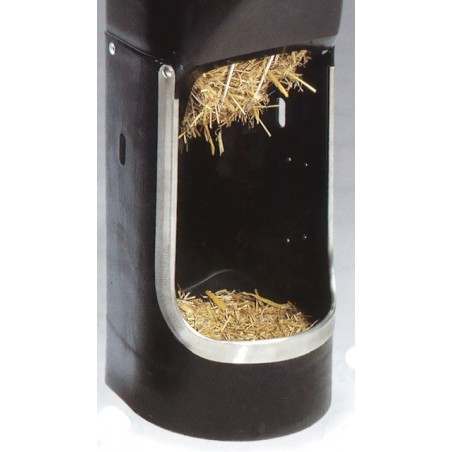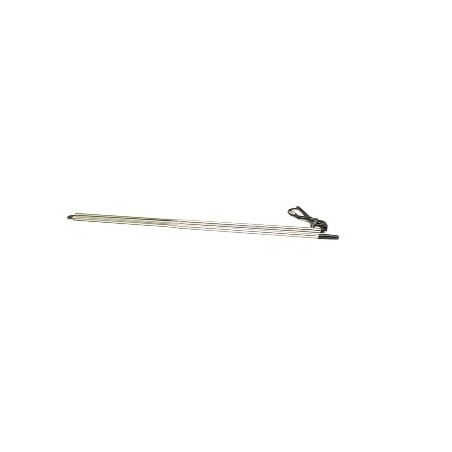Enrichment materials for pigs, particularly organic materials, are becoming increasingly important in order to reduce abnormal behaviour such as tail biting. However, potential health risks posed by these materials (such as the introduction of pathogens into the herd) have not been sufficiently studied to date. Therefore, 21 different organic materials used as enrichment materials in pig farming were tested for total viable count of mesophilic bacteria, moulds, coliforms, Escherichia coli, Klebsiella spp., Yersinia spp., Salmonella spp., methicillin-resistant Staphylococcus aureus, and Mycobacterium spp. Additionally, dry matter content and water activity were determined.
Results

The materials differed considerably in their hygienic status. In three materials, no microorganisms were detected. However, the bacterial count in the other materials ranged up to 7.89 log10 cfu/g dry matter (maize silage). The highest coliform and mould counts were found in hay (6.45 and 6.94 log10 cfu/g dry matter, respectively). Important bacteria presenting a risk to human or animal health such as Escherichia coli, Klebsiella spp., Yersinia spp., Salmonella spp., and methicillin-resistant Staphylococcus aureus were not detected in any of the materials. Hemp straw contained Mycobacterium smegmatis, and peat was contaminated with Mycobacterium avium and Mycobacterium vulneris.
Conclusions
Most of the tested organic materials are probably not likely to pose a hygienic risk to pigs and are suitable as enrichment material. Nonetheless the detected mycobacteria rule out peat as being a safe and hygienic enrichment material.
Krista Marie Wagner, Jochen Schulz and Nicole Kemper. Examination of the hygienic status of selected organic enrichment materials used in pig farming with special emphasis on pathogenic bacteria. Porcine Health Management 2018 4:24. https://doi.org/10.1186/s40813-018-0100-y






